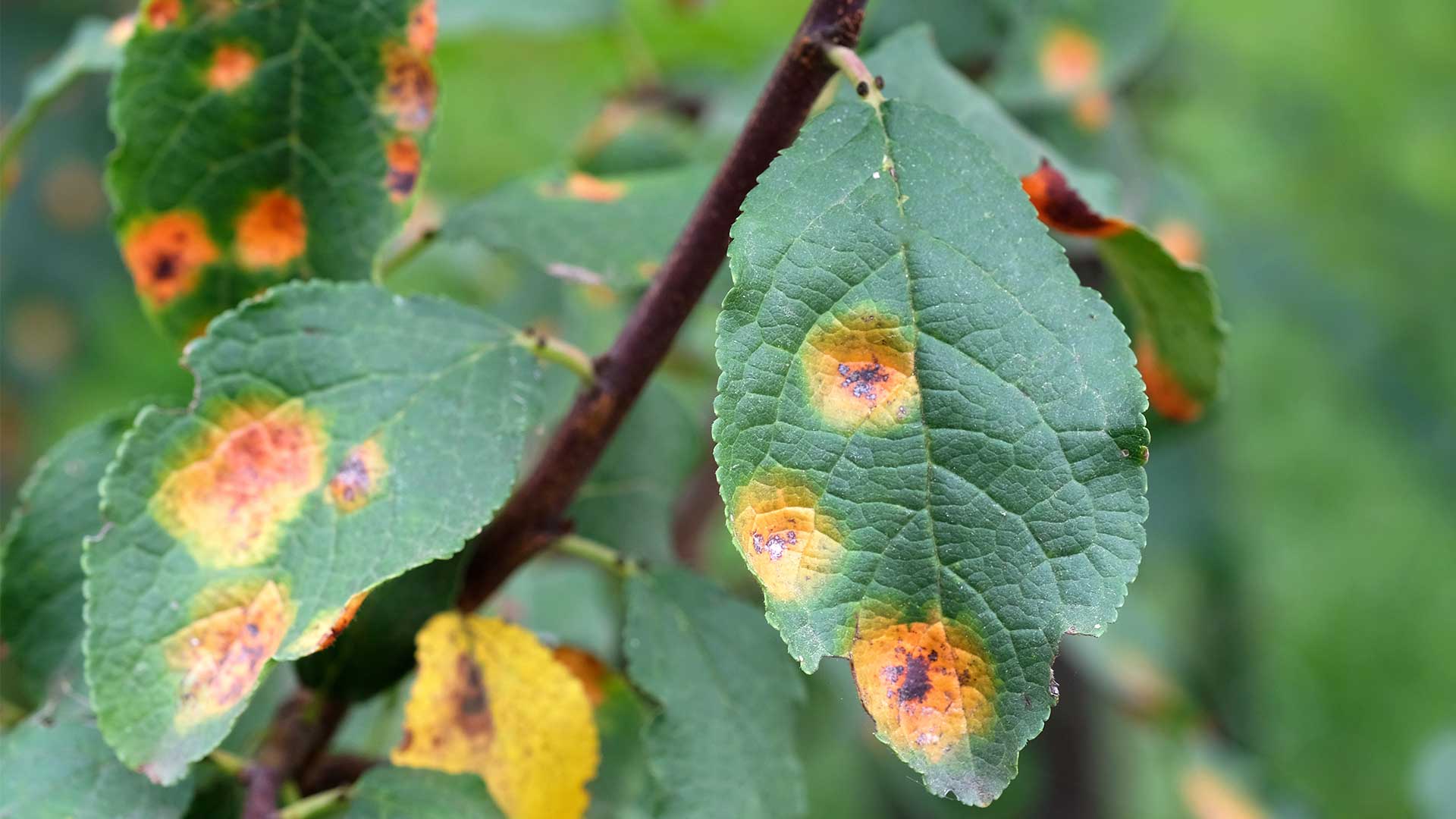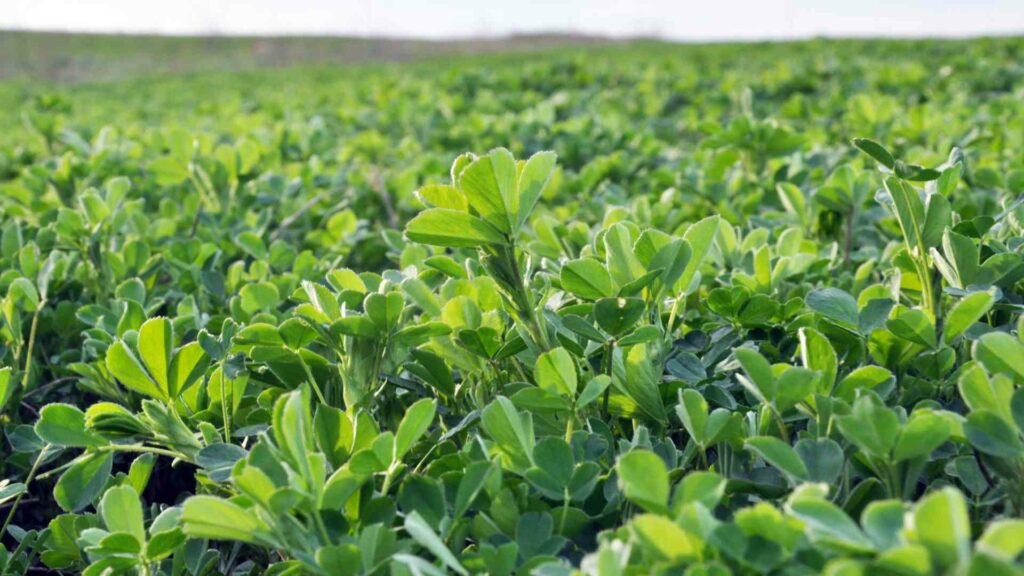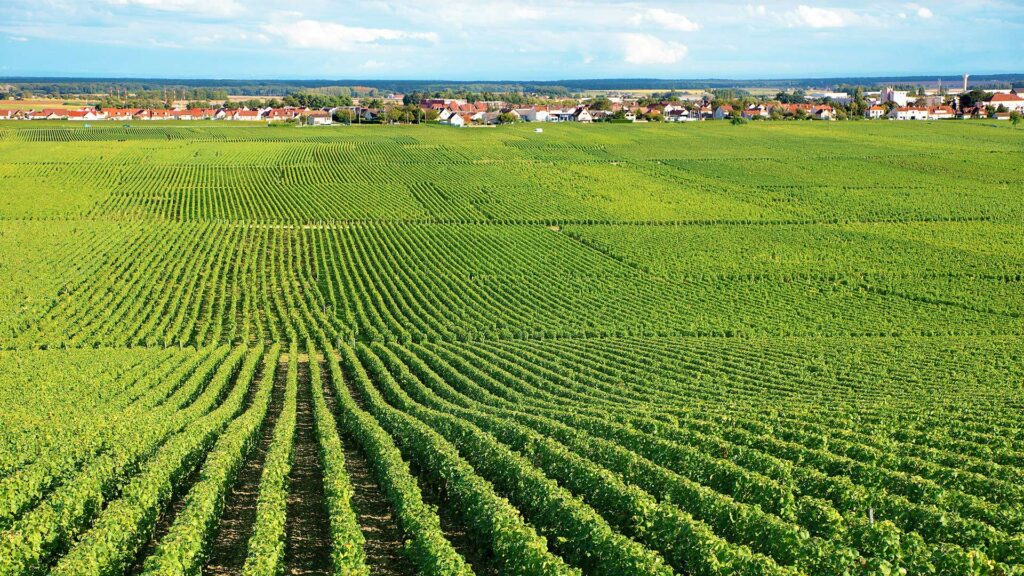How Toxic is Boron?
How toxic is Boron? Despite its low toxicity, boron can still be dangerous to humans if consumed in large amounts. It is well-known that excess boron can also affect plant growth and reproduction. In fact, toxicity of boron is considered one of the major causes of reduced crop production. In plants, high concentrations of boron can retard vegetative growth and decrease seed set.

How Toxic is Boron
Boron Toxicity in Animals
Toxic boron can alter cell wall structures in animal models. In rats, boron can decrease sperm production, decrease testosterone levels, and alter important metabolic processes. However, it can enhance estrogen levels and reduce the negative effects of vitamin D and calcium. Therefore, while boron is a potentially dangerous nutrient for humans, it can have important health benefits for those who use it responsibly. It is important to remember that toxic exposure to boron is not always fatal.
Boron Toxicity in Humans
Boron is an essential mineral needed by humans. Boron is a mineral needed by humans to help grow strong bones. A safe level for adults is 3mg per day. For pregnant women, the recommended daily intake is 2.5mg/day. Infants usually need 2.5mg/day. (Source: Drug)
Very little is known about how the body controls the amount of boron in our bodies. We do know that we need boron to help us absorb vitamins and minerals as it helps our bodies fight against viruses and bacteria. It also helps us digest proteins and carbohydrates.
But we need to be very careful about how much we take in because too much can cause problems. We should get enough but not more than what our body needs.
Consuming too much boron can lead to severe poisoning. There are some side effects associated with consuming boron, but the most common ones include nausea, vomiting, indigo stomatitis, and headaches. Boron can also cause respiratory problems such as shortness of breath, coughing, wheezing, chest tightness, and difficulty breathing.
Too much boron also leads to seizures, convulsions, and vascular collapse. Boron is extremely high amounts can be deadly. For example, 15,000-20,000 mg can cause death in adults.
Cautions for Boron Usage in Humans
Pregnant women should avoid taking boron orally. Women who are pregnant or nursing shouldn’t apply boric acid vaginally. Children should take boron supplements in small doses. The dose depends on the child’s size and age. Higher doses may cause poisoning. Boron powder is probably safe when applied to the skin, but it could make some conditions worse. Kidneys have to work hard to clear boron. People who have kidney problems shouldn’t take boron supplements.
Pesticides containing boronic acid compounds should be stored in their original labelled container out of reach of children. Household chemicals should be kept in their original containers. Children living near waste sites containing boron and boric acid should be encouraged to wash their hands frequently, especially before consuming food.
Toxicity in Plants
Boron is essential for plant growth. However, too much can cause damage to plants. It affects cellular function and transport across membranes. In fact, the acceptable range for boron is very narrow, and specific ions are toxic to plants. There are many symptoms of boron poisoning if this happens. The foliage can turn yellow or brown if it is exposed to too many boron ions. The plant may eventually lose its leaves prematurely.
Boron toxicity affects different plants differently. Symptoms differ greatly according to plant type. Barley and wheat are two very important crops that are used to feed people around the world. Boron toxicity causes damage to these crops, but some plants are resistant to this toxicity.
Boron is an important mineral needed for healthy growth. Excess boron in plants, however, causes problems such as decreased emergence, shoot tip cessation, leaf gumming, brown corylosis along stems and petioles, and bud abscision.
Older plants have more boron stored in them. Wheat contains more boron in the leaves than in the grain.
Controlled experiments show that plants absorb less boron in the lab than in the field. Planting in pots instead of the ground increases absorption rates. High temperatures reduce boron absorption.
Critical shoot boron concentrations in wheat and barley are 10 – 16 ppm. However, other studies suggest higher concentrations. Wheat and barley tolerate up to 300 ppm of boron. Boron toxicity symptoms may be observed at 10 – 30 ppm. Boron toxicity symptoms appear at higher concentrations in barley than in wheat.
Barley has high levels of boron in its leaf tips. This suggests that boron accumulation is influenced by the amount of water used by an organism. Excess boron reduces water flow and increases the level of boron in plants.
Boron tolerance varies among different types of crops. Some countries produce more tolerant crops than others. Genotypes from Australia, the United States, Canada, and Egypt are less tolerant of boron. Russia and Europe have higher boron tolerance.
In plants, boron can cause symptoms of toxicity that are not immediately noticeable. Marginal wrinkling and leaf surface crackers are two signs of boron poisoning. Interveinal chlorosis can occur along the leaf margin. It can also cause yellowing of leaf areas that are depressed. Boron is mobile in soil and can be leached from the root zone. This can pose a danger to plants as other nutrients may be lost during the leaching process.
In plants, boron accumulates in older foliage. Yellow or brown leaves, brittle needles are signs of toxicity. It can also occur in growing and young leaves. Corky bark and misshapen fruits are other signs of toxic boron. If the toxins remain in a plant, they can cause severe damage.
Toxic boron can also inhibit growth and cause scarcity of stomata which can lead to plant development problems. When it is applied to seedlings, zinc sulphate can be added as a control for the toxic effects of boron. In an experiment, zinc sulphate was added at optimal concentrations to prevent poisoning. It was shown that stomata transmission is inhibited by boron, and lateral root area is reduced.
In peanut fields, boron toxicity has been reported in more cases than a deficiency. In peanuts, toxicity has occurred at field ends, in isolated patches, and in contaminated soil. Sometimes, irrigation can reverse the toxicity. This may allow excess boron to be removed from the root zone. If the soil is well-drained irrigation can be used to correct the situation. It is best to collect soil samples to determine whether the levels are below the toxic levels. In addition, new foliage may not display signs of boron toxicity, as boron is not mobile within plants.
Toxicity of Boron in Commercial Use
Boron can pose a risk to workers who are exposed to large amounts of boron dust or fumes, as these can irritate the lungs and cause difficulty in breathing. Some industries that use large amounts of boron, such as mining or glassmaking, may require workers to wear protective gear to avoid inhaling too much of the substance.
Boron can also be dangerous to the environment if it leaks into groundwater or soil, as it can contaminate these areas and potentially harm plant and animal life.





